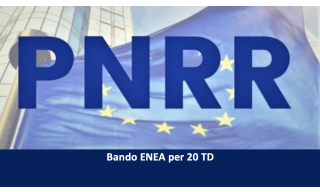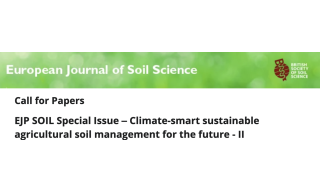
published the Technical Report on the AMS-MINNI national air quality simulation on Italy for the calendar year 2015
ENEA has published the Technical Report "AMS-MINNI national air quality simulation on Italy for the calendar year 2015", reporting results calculated with the Atmospheric Modeling System of the MINNI national integrated model, official tool of the Ministry of the Environment - Land - Sea Protection to support the assessments required by the European Directives on air quality.
The authors belong to the Division Models and Technologies for Risks reduction (SSPT-MET), the Atmospheric Pollution Laboratory (SSPT-MET-INAT) and the High Performance Calculation Laboratory (DTE-ICT-HPC) of ENEA.
The Technical Report is published in compliance with Legislative Decree 155/2010, requiring ENEA to develop model simulations of air quality on a national basis every 5 years and to make available the results.
In order to provide an objective assessment of the quality of the simulation results, based on criteria shared by the scientific community, the validation (i.e. comparison with the measurement data available on the national territory, at background stations) was carried out following the approach and the methodology proposed by FAIRMODE, the official European forum for air quality models in support of Air Quality Directives.
The analysis of the results showed overall the good quality of the simulated concentration fields. In particular, all the Performance Quality Criteria were satisfied for O3 and PM2.5. Both strengths and needs for improvement have emerged from the validation of NO2 and PM10 which tend to be globally underestimated, as indeed commonly happens in state-of-art of models at regional scale. It is worth highlighting that the simulation of the contribution of the Saharan dust has not been included.
Several critical issues emerged regarding compliance with legal limits, in particular regarding the daily average of PM10, the maximum of the 8-hour moving averages of O3 and the annual averages of NO2 and PM2.5. These critical issues are confirmed by the measurement data produced by the Regional Agencies for Environmental Protection.
Calculated model fields are now available, both as initial and as boundary conditions for studies on a local scale (as per Legislative Decree 155/2010), and as input data for impact analysis on a national scale.
The Technical Report is available in ENEA-IRIS Open Archive, the archive of scientific production of ENEA, at this link.
Some graphical elaborations of the most significant results are reported below (click on the picture to enlarge it).
In the 5 concentration maps, the red color indicates that the legal limit has been exceeded.
In the target plots, the value of the FAIRMODE Model Quality Indicator is reported. The quality criterion is satisfied if the value is less than or equal to 1 (i.e. inside the green ellipse). For a complete guide to the interpretation of the graph, please refer to the Delta software manual, at this link.
In the geoplot, the measurement stations are reported where the quality criterion of the Model Quality Indicator is satisfied (green circle) and not satisfied (red triangle).
|
mean annual concentration of NO2
|
|
mean annual concentration of PM10
|
|
mean annual concentration of PM2.5
|
|
|
36° highest value of the time serie of mean daily concentration of PM10
|
|
|
|
|
|
|
|
|
|
For information:
Lina Vitali, lina.vitali@enea.it
Luisella Ciancarella, luisella.ciancarella@enea.it





